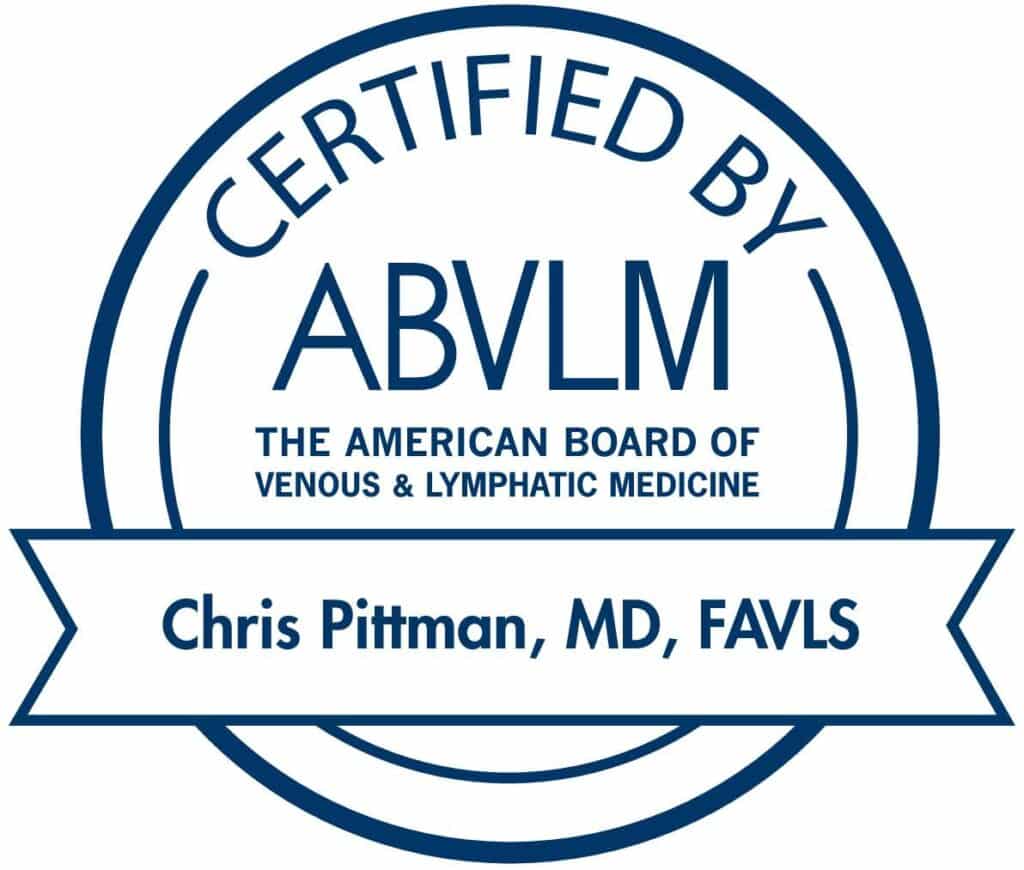For most people, a small cut or injury on the leg isn’t a big deal as the wound will usually heal itself in a few days. However, for some people leg wounds may not heal naturally and can occasionally start to bleed. When this happens the wound is considered to be a leg ulcer. Leg ulcers are a serious health problem that will only increase in size if proper treatment is not sought. Learn more about what a leg ulcer is, why you may experience more bleeding when you have one, and how it can be treated.
What is a Leg Ulcer and Why Do They Bleed?
Leg ulcers do not start out as giant open sores. They usually start out as small wounds that were caused by a minor injury. Over time, the tiny wound does not naturally heal and the open wound becomes larger and larger.
Typically, a small wound to the leg will heal within a week or two. However, if you experience an underlying problem, such as vein insufficiency, damage can occur to the tissue surrounding the wound and it may not heal. This puts you at risk of developing serious infections that could become life-threatening.
Because leg ulcers do not heal properly and you are left with an open wound, you are at constant risk of reinjuring the area. All it would take is a simple bump or another minor injury to the area and the wound could start to bleed again.
How are Leg Ulcers Treated?
In order to properly treat a leg ulcer, your vein specialist will create a treatment plan that can be broken up into two steps.
The first step involves finding and treating the underlying cause of the leg ulcer. Leg ulcers can be caused by venous disease, arterial diseases, and other health problems such as diabetes or autoimmune diseases. Finding and treating the underlying cause of the leg ulcer is important as it prevents ulcers from developing in the future.
The second step of treating a leg ulcer involves the actual treatment of the open wound. Treatment for an ulcer begins by trying to control the pressure that is occurring in the leg veins. Some of the ways pressure in the legs can be controlled include elevating the legs or wearing compression stockings.
Once the pressure in the leg veins is controlled, the actual wound can be treated. Wounds that are infected will need to be surgically cleaned before any treatment can be administered. Surgically cleaning the wound helps to remove any harmful bacteria or infection that may have developed inside the wound. Removing the infection helps to speed up the healing process.
After surgically cleaning the wound, your healthcare team can proceed to work to treat the leg ulcer. If the wound is on the smaller side, wrapping the wound in dressings may be enough to help it heal. If the wound is larger or resistant to healing, you may need to undergo surgery to repair the damaged skin.
How Successful is Treatment of Leg Ulcers?
Even though treatment of leg ulcers is complex and time-consuming, it is extremely successful. Even the most resistant leg ulcers will eventually heal after several months if proper treatment is sought.
If you have a leg wound that doesn’t seem to be healing, call Vein911® Vein Treatment Centers to schedule an appointment to see a vein specialist. Our vein specialist will help you get the proper treatment for a leg ulcer. Our vein specialist can also help with other vein problems. Our doctor can help with everything from the treatment of spider and varicose veins to helping you discover the cause of lymphedema symptoms. Call us today to schedule an appointment.











